


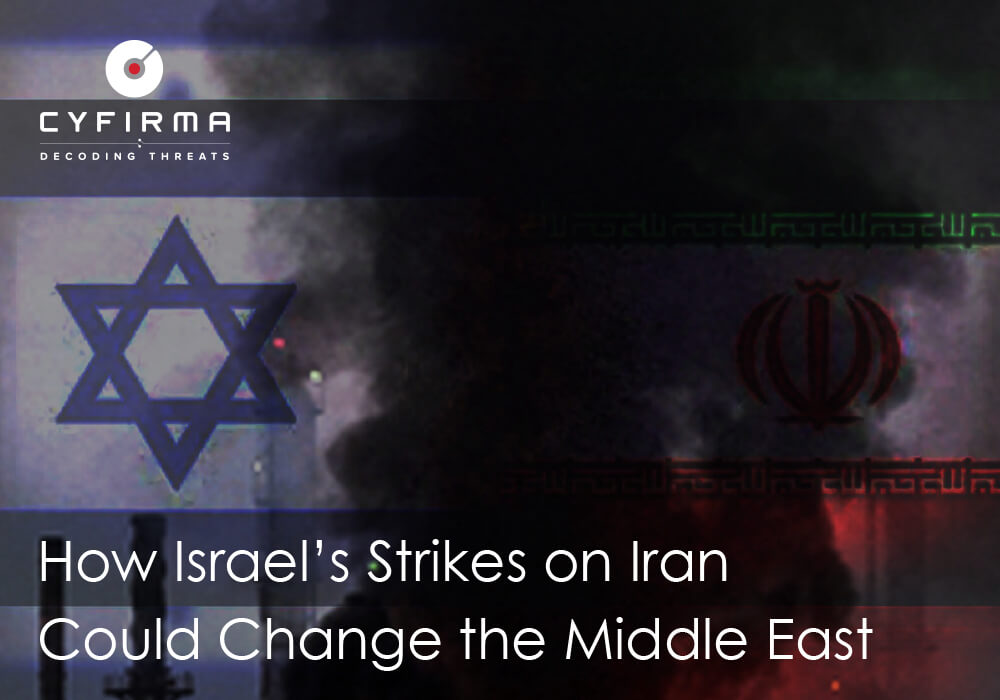
For over thirty years, Israeli Prime Minister Benjamin Netanyahu has regarded Iran’s nuclear ambitions as the gravest threat to his country. On at least two occasions, he came close to launching a strike. Now, at 75, Netanyahu has carried out the largest Israeli assault on Iran to date — a bold, high-stakes military operation that could define his legacy and reshape the Middle East.
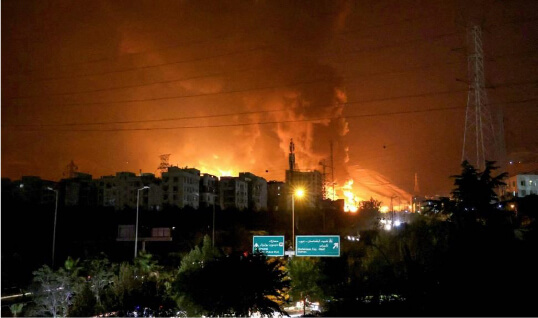
Hamas’ devastating attack in 2023 forced Israel to reassess its security strategy, providing the military with cover to weaken Iranian-backed groups like Hezbollah. Years of covert work allowed Israeli intelligence to infiltrate Iran to such an extent that it became possible to strike deep within the country’s fortified nuclear infrastructure. Backed by a supportive U.S. administration and an aggressive inner circle, Netanyahu—whose political standing had taken a hit—made the call he had long avoided.
The first wave of Israeli strikes—consisting of hundreds of aircraft targeting sites over 1,000 miles away—has already set off shockwaves. In a televised address Friday night, Netanyahu revealed that planning began in November. The assault reflects years of groundwork and a rare convergence of favorable conditions.
Early assessments suggest the attack has achieved notable objectives: at least a dozen senior Iranian military figures and nuclear scientists killed, major nuclear installations damaged, and Iran’s ability to retaliate significantly constrained. On Friday night, Israel reported hitting another nuclear facility near Isfahan.
Iran responded with missile strikes, prompting air raid sirens across Israel. Several civilians were injured. Ayatollah Ali Khamenei vowed a forceful response. Iran’s retaliation is expected to continue, both directly and via proxy forces, as Israel’s offensive stretches into the coming days or even weeks.
Though exchanges between Israel and Iran are not new, the scale and intent behind this campaign are unprecedented. Israel appears determined to both dismantle Iran’s nuclear efforts and cripple the regime’s military apparatus. Among the facilities hit was the Natanz complex, a focal point of Iran’s nuclear program.
In total, at least six high-ranking Iranian nuclear scientists—part of a list of roughly 25 targets—were confirmed killed, alongside senior military officials. Victims include Mohammad Bagheri, Iran’s armed forces chief; IRGC leader Hossein Salami; Quds Force head Esmail Qaani; IRGC air commander Amir Ali Hajizadeh; and Ali Shamkhani, Khamenei’s key aide and nuclear negotiator. Iran’s counterattacks have thus far been largely deflected, with Israeli missile defenses intercepting most of the drones and projectiles.
Talk of an Israeli attack on Iran has circulated for decades. Why did it finally happen now? Several key developments explain the timing. First, the expiration of Donald Trump’s 60-day deadline for Iran to return to nuclear negotiations eliminated a major diplomatic barrier. Closer to the deadline’s end, senior U.S. administration officials told American media that Iran appears to be dragging negotiations on without concrete progress while pushing forward with its nuclear weaponization efforts – this should be no surprise as Tehran did this to the Biden administration as well. Second, a rare categorical statement by the International Atomic Energy Agency accusing Iran of concealing nuclear activity and enriching uranium to weapons-grade level, which escalated both the international pressure and the internal Israeli debate over the decision to strike.
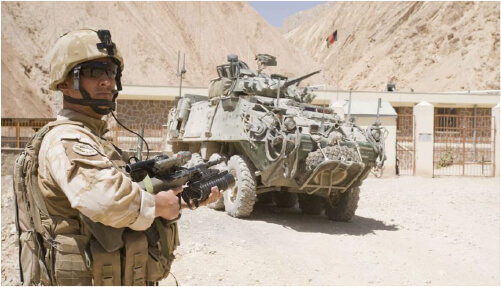
The strategic dynamics of the Middle East have also shifted. Iran’s regional proxies, including Hezbollah and the Houthis, escalated attacks, allowing Israel to frame its actions as existential defense. Though some outsiders saw a powerful state facing weaker militias, within Israel, the narrative was survival.
Since October 7, Israel has launched intense campaigns against Hamas and Hezbollah, reportedly killing over 55,000 people in Gaza alone, per the Hamas-run health ministry. While Israel contributed to weakening the Syrian regime, that outcome was driven by broader geopolitical shifts. With Hezbollah’s missile reserves depleted and Hamas leadership decimated Israel turned its focus to Iran itself. Precision strikes in October and April 2024 had already degraded Iran’s air defenses, opening a narrow window for deeper action.
The operation also showcased a years-long infiltration effort inside Iran. Israeli agents reportedly smuggled explosives and equipment into the country in advance, targeting missile systems and radar installations in coordination with airstrikes.
“They had explosive drones prepositioned in Iran months before the operation”, a former senior Mossad official told international media.
This follows the 2024 assassination of a senior Hamas official in Tehran—a further demonstration of Israeli reach inside Iran. Much of the intelligence support, reports suggest, came from Iranians opposed to their regime. The driving force behind the operation is Netanyahu himself, who was politically vulnerable after his indictment and the failures surrounding the 2023 security breach.

Facing a political crisis, including a parliamentary effort to oust him just days earlier, Netanyahu survived by framing the Iran campaign as a national imperative. Even opposition leader Benny Gantz backed Friday’s strike.
Netanyahu has long argued that Iran’s nuclear ambitions pose an unparalleled threat. The regime, which denies Israel’s legitimacy, has built missiles, enriched uranium, and armed anti-Israel groups across the region.
Twice before—once in 2010 and again in 2012—Netanyahu nearly ordered an attack but was dissuaded by security chiefs and U.S. President Barack Obama. Today, his team is united behind his decision to strike.
His predecessor Ehud Olmert commented in the media that he had also considered striking Iran while in office but was ultimately deterred. “It didn’t make sense to risk regional war for a year and a half delay”, Olmert said, noting that Iran’s program was less fortified at the time and yet the intelligence assessment provided to him expected Iran to be able to rebuild the program quickly.
President Trump, unlike his predecessors like presidents Obama or Bush, has expressed support for military pressure. He praised Friday’s attack and said he warned Iran that failure to cooperate would bring consequences. Though Tehran’s early reactions are defiant, Trump believes the strikes might bring Iran back to the table.
Unlike previous Israeli strategies that sought to destroy Iran’s entire program, this campaign may aim only to delay. Without direct U.S. involvement—including B-2 bombers and deep-penetrating munitions—total elimination of Iran’s capabilities remains unlikely.
Iran is expected to continue launching drones and missiles. But if Israel’s Air Force maintains pressure on Iran’s launch platforms and storage depots, the scale of each Iranian response could diminish.
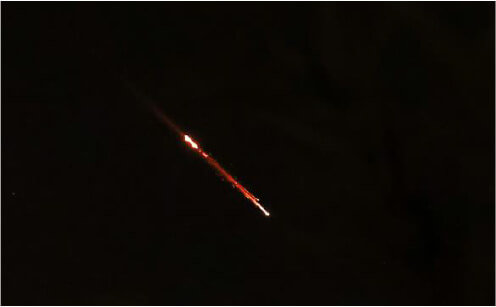
In recent years, Iran’s ability to project force has weakened. Israeli strikes have reduced the capacities of Hamas and Hezbollah, and the Houthis—though eager—are now under pressure after recent Israeli attacks on their leadership.
Iran may still hit U.S. bases or target Israeli interests globally. There’s even speculation it could try to block the Strait of Hormuz.
Israel seems committed to inflicting as much damage as possible on Iran’s offensive capabilities—nuclear, missile, and drone infrastructure. As forecasted by some analysts, this is not a short campaign but a prolonged military effort.
One possible unintended consequence is that Iran accelerates its push for a nuclear weapon, driven by a need to deter future attacks and project strength after its vulnerabilities were so clearly exposed.
Iran is at its weakest military point in decades. The October 2024 Israeli airstrikes already crippled much of its missile production and air defense systems. Sanctions have battered the economy, and Iran’s network of regional allies is in disarray. With the fall of the Assad regime in Syria, Iran’s supply routes to Hezbollah have also been disrupted.
Unlike in 2023, when Hezbollah quickly joined the conflict after the Gaza war began, the group has been reluctant to directly engage this time. Most humiliating for Tehran has been the revelation of deep Israeli penetration into its security services, including the use of smuggled drones launched from within Iranian territory.
The regime’s inability to protect its leadership has shaken public confidence. Many Iranians, already angry over economic and social repression, are directing their frustration at the clerical establishment. Criticism is mounting over the lack of basic civil defenses during the Israeli strikes.
The regime is now bracing for potential unrest. Internet restrictions and threats against social media users suggest the authorities are preparing for internal backlash.
Yet if Iran fails to respond militarily, it risks alienating its core supporters, for whom resistance to Israel is central. Tehran now faces a high-stakes choice: respond and risk war, or hold back and risk domestic instability.
On the cyber front, Iranian cyber authorities have ordered officials to stop using devices connected to public networks, amid growing fears that Israel may be targeting such equipment in its expanding covert campaign.

According to the Fars news agency, Iran’s Islamic Revolutionary Guard Corps (IRGC) Cyber Security Command issued the directive to government officials and their teams. The move comes as Israel ramps up airstrikes on Iranian targets, five days after launching a surprise assault on the country’s military and nuclear infrastructure.
The restriction reflects rising concerns in Tehran that Israel could exploit wireless devices to track or kill Iranian officials—an approach used in past conflicts. In a notable 2024 incident, dozens of Hezbollah members were killed when thousands of pagers exploded simultaneously across southern Beirut and other Hezbollah strongholds. Similar tactics have been seen in other conflicts, including Ukraine’s efforts to disrupt Russian command chains by targeting generals through their security teams’ signals.
While the Iranian ban complicates Israeli surveillance and targeted assassinations, it also hampers communication within Iran’s highly centralized military structure. It could force key officials to rely on fixed communication hubs, potentially making them more vulnerable to detection and attack.
Meanwhile, Israeli hackers briefly hacked the Iranian state television broadcast, airing footage of women’s protests and urging people to take to the streets in an attempt to damage morale and weaken the grip of the regime over the population.
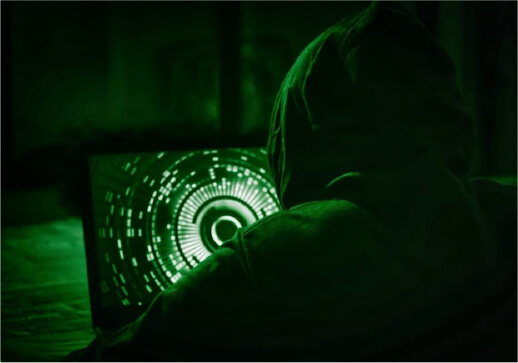
Before that, the hacker group Predatory Sparrow—which refers to itself by its Farsi name, Gonjeshke Darande—has claimed responsibility for a destructive cyberattack on Bank Sepah, a financial institution closely tied to the IRGC. The group alleges the bank has played a central role in evading sanctions and funding Iran’s missile programs, nuclear development, and proxy forces.
In a separate attack, the same group exploited Iranian crypto exchange Nobitex across multiple chains using vanity addresses and burned the proceeds it made, wiping out over $80M in value and basically destroying a key tool the regime elites have been using to avoid the international sanctions. The hackers warned anyone with deposits to withdraw as they will be releasing the full source code of the exchange shortly.
Predatory Sparrow has maintained a consistent focus on Iranian targets for years, well before the current escalation in hostilities between Israel and Hamas. While the group publicly presents itself as a grassroots Iranian hacktivist operation, its advanced capabilities have led many analysts to suspect state-level backing. U.S. defense sources told U.S. media in 2021 that the group is likely linked to Israel’s intelligence apparatus.
The coming days remain uncertain. Much depends on how Iran responds and whether the United States becomes more directly involved. Trump has hinted that the U.S. might supply bunker-busting munitions to aid Israel’s deeper strikes or join the effort directly if Iran refuses to cooperate.
Iran’s retaliation options come with immense risk. Hitting U.S. or Saudi targets could alienate states that might otherwise support de-escalation. Disrupting shipping routes like the Strait of Hormuz or the Red Sea could spike global energy prices and create new economic crises.
Though some in the Arab world quietly welcome Iran’s weakened military position, they fear what a broader regional war might bring.
President Trump reportedly blocked an Israeli plan to assassinate Ayatollah Khamenei, a move that, had it gone forward, would likely have triggered massive regional turmoil.
Several Arab countries are said to have quietly helped defend against Iranian missile attacks on Israel, even while publicly condemning Israel’s actions. Their official statements stress de-escalation but lack any real sympathy for Tehran—possibly signaling calculated neutrality.
The full impact of Israel’s strike on Iran is still uncertain, but it has fundamentally altered the Middle East’s balance of power. Similar to the unforeseen aftermath of Hamas’ October 2023 attack, the repercussions of this latest clash will likely be felt for years. What distinguishes this moment is the critical and growing role of cyber operations in both influencing events and causing disruption. The Middle East is now in an unpredictable new chapter, marked by significant geopolitical shifts, ongoing instability, and a widened digital battleground. On this digital front, cyberattacks can rapidly shape narratives, disable infrastructure, and escalate tensions. The prospect of a prolonged, dual-front conflict—physical and virtual—looms large, with potentially decades-long effects.